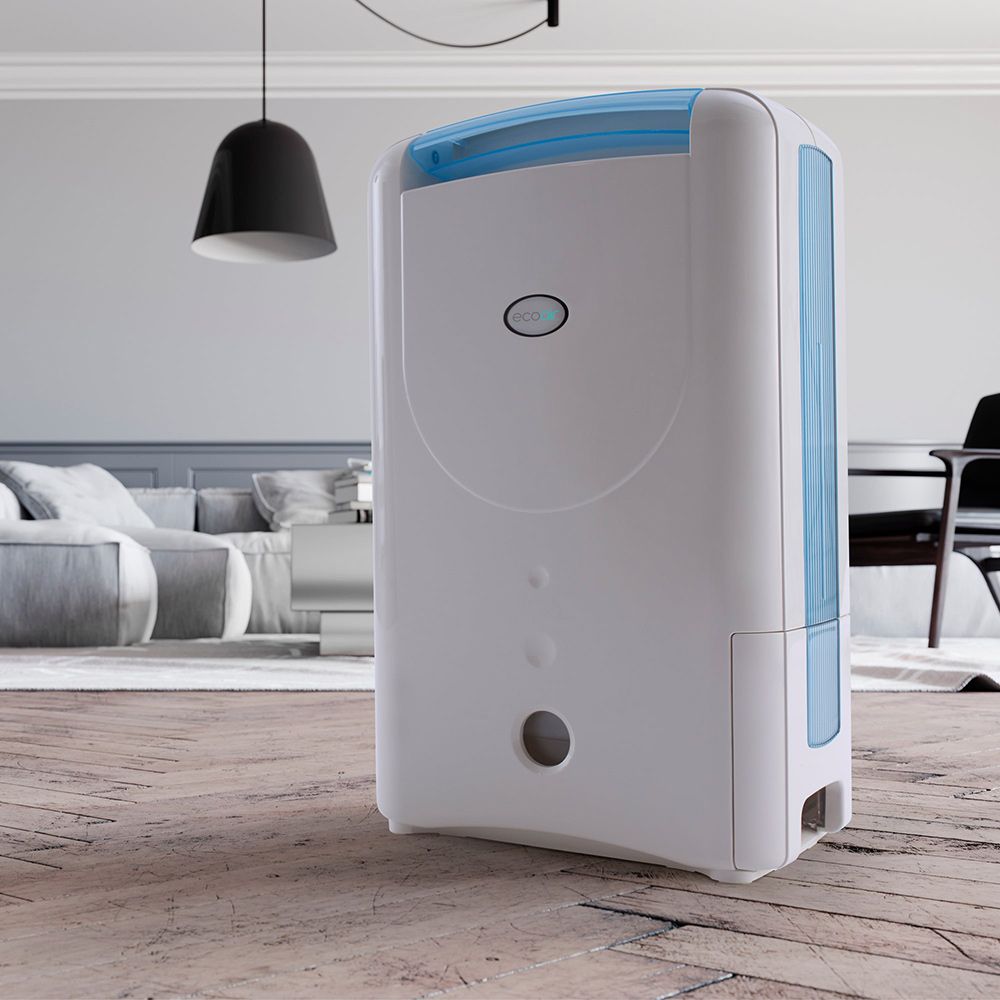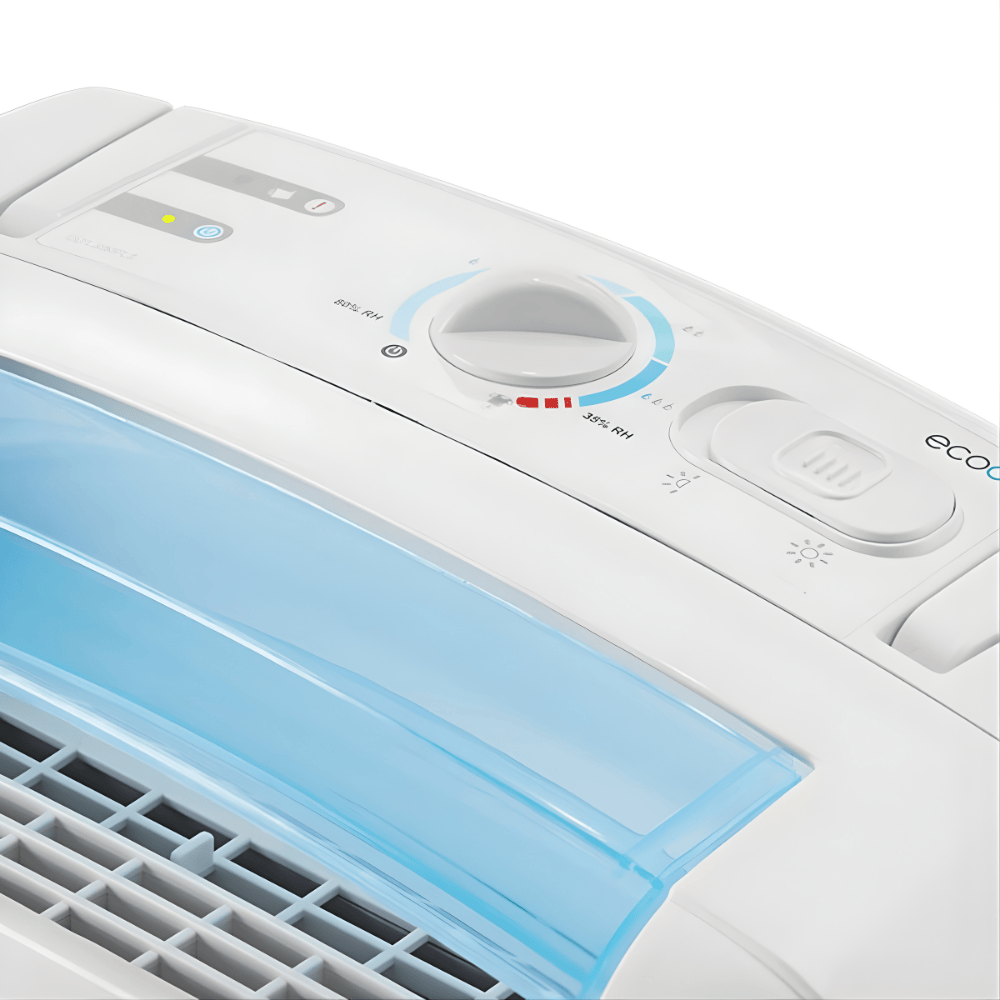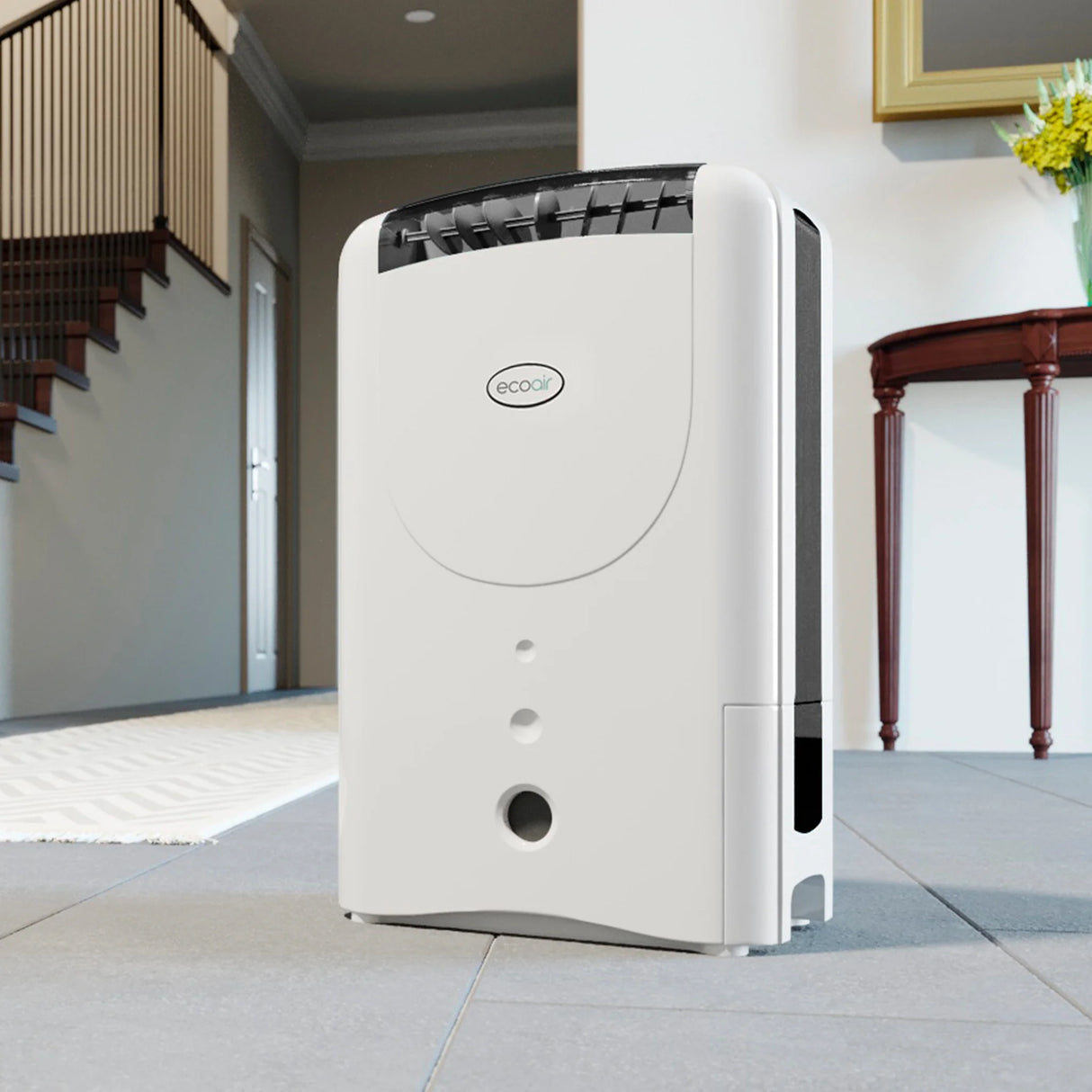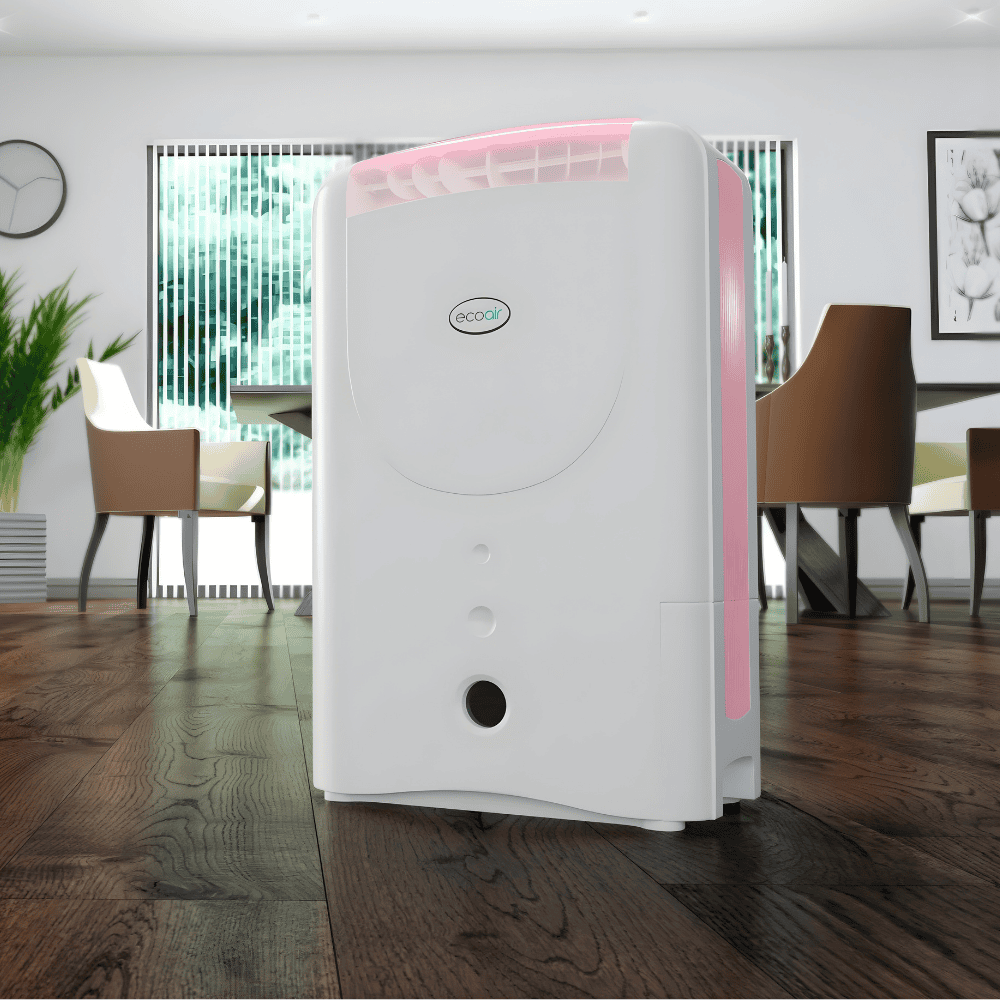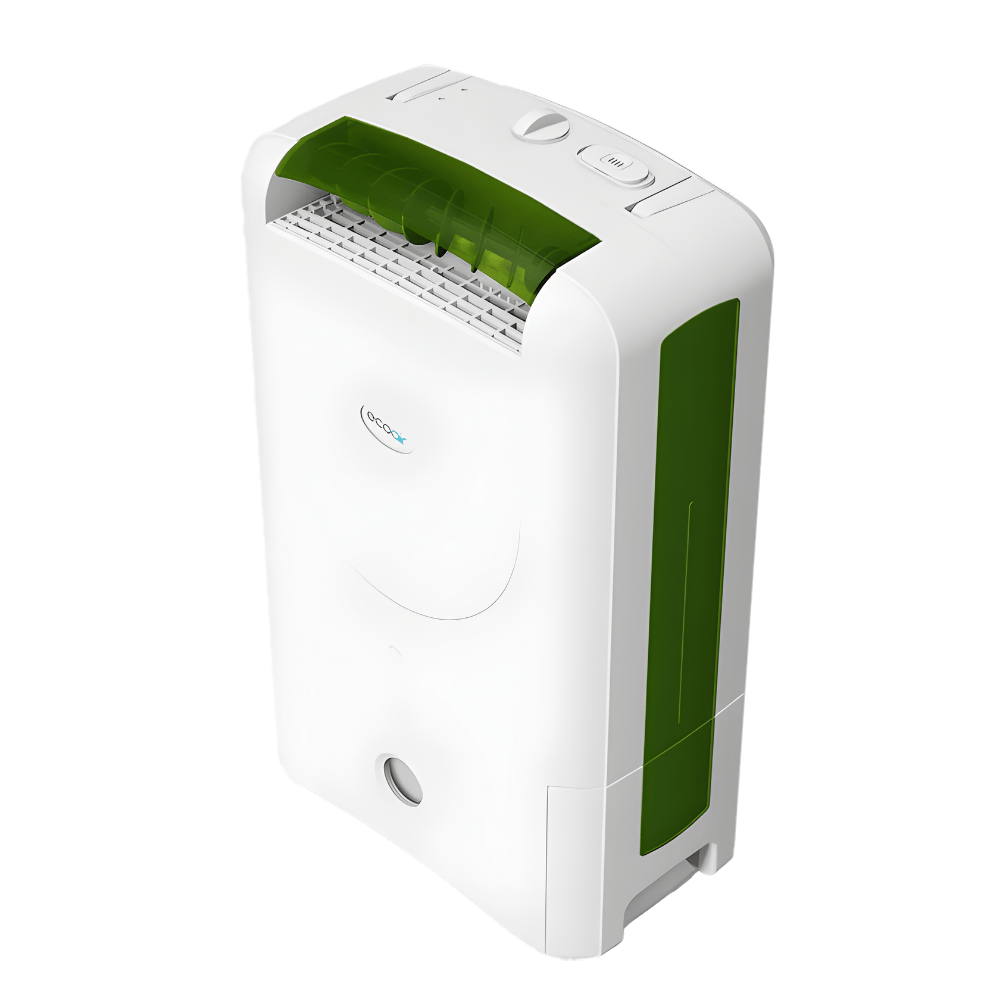1. Maximise Airflow in Your Drying Space
Good airflow is key to faster drying. Stagnant air around your clothes can trap moisture, slowing down the drying process. To combat this:
- Open a Window or Use a Ventilation Fan: Even in winter, cracking a window or using a fan for a short period can help circulate fresh air and remove humidity.
- Position a Fan Near Your Laundry: A small desk fan aimed at your drying rack can improve airflow without creating a drafty environment.
Pro Tip: If you’re using a fan, rotate your clothes occasionally to expose all surfaces to the circulating air.
Winter air tends to be damp, making it harder for moisture to evaporate from clothes. A dehumidifier is a game-changer for indoor drying because it reduces the overall humidity in the room, speeding up the process.
- Choose a High-Capacity Dehumidifier: For larger laundry loads, opt for a dehumidifier that can handle higher moisture levels.
- Place It Near Your Drying Rack: Position your dehumidifier close to the laundry for optimal efficiency.
Bonus: Dehumidifiers also help prevent condensation and damp, keeping your home healthier in winter.
3. Use Heated Drying Racks
A heated drying rack is a simple yet effective tool for winter laundry woes. These racks provide gentle warmth, significantly speeding up drying without risking damage to delicate fabrics.
- Compact and Energy-Efficient: Unlike tumble dryers, heated racks consume minimal electricity, making them a cost-effective solution.
- Layer Clothes Wisely: To maximise drying speed, avoid overcrowding the rack. Spread clothes out evenly and rotate them periodically.
4. Boost Your Tumble Dryer’s Efficiency
If you have access to a tumble dryer but are worried about energy costs, there are ways to make it work more efficiently during winter:
- Add a Dry Towel to Your Load: Throwing a dry towel in with your wet clothes can help absorb moisture, reducing drying time.
- Use the Spin Cycle Twice: Before putting clothes in the dryer, run an extra spin cycle in the washing machine to remove as much water as possible.
5. Optimise Your Drying Rack Placement
Where you place your drying rack can make a big difference. Choose a spot in your home that offers the best conditions for drying:
- Near a Heat Source: Position your rack close to a radiator or heater, but not so close that it creates a fire hazard or damages the fabric.
- Avoid Cold, Damp Areas: Spaces like basements or poorly ventilated rooms can slow down drying and encourage musty odours.
Pro Tip: If you have a sunny window, even the limited winter sun can help warm the air and speed up evaporation.




